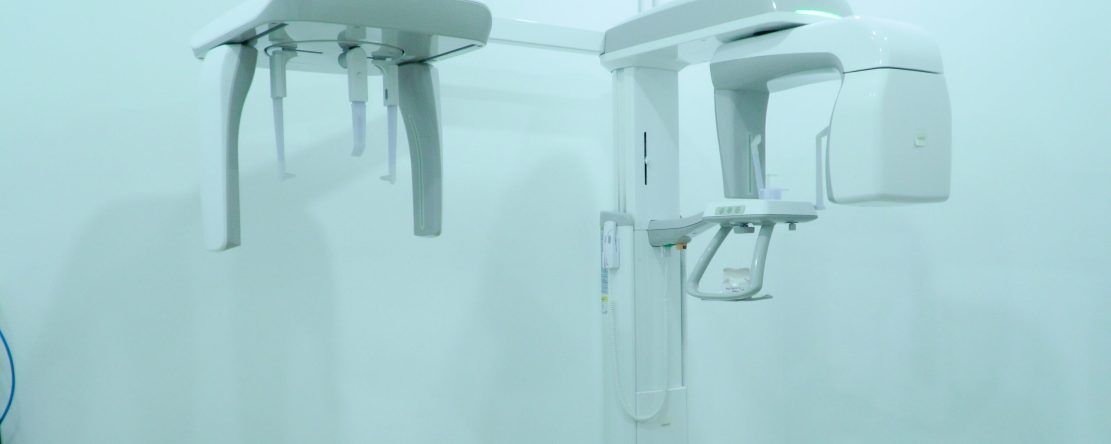Dental X-Rays - cost, types, purpose, procedure, and risks
Dental X-rays (radiographs) are images of your teeth that your dentist uses to evaluate your oral health. These X-rays are used with low levels of radiation to capture images of the interior of your teeth and gums.
Dental X-rays assist dentists in detecting issues such as cavities, tooth decay, and impacted teeth. While they may appear complex, these X-rays are common tools that are equally vital as your routine teeth cleanings.
The types of X-rays
There are several types of dental X-rays, each serving specific diagnostic purposes:
Bitewing X-rays
Focus on the upper and lower teeth’s crowns and are commonly used to detect cavities and assess the fit of dental restorations.
Periapical X-rays
Capture the entire tooth from crown to root, helping identify issues with the tooth root and surrounding bone.
Panoramic X-rays
Provide a broad view of the entire mouth, useful for assessing overall dental health and planning treatments like braces or extractions.
Occlusal X-rays
A radiograph is conducted with the jaw closed to assess the alignment of upper and lower dentition. Additionally, it can identify any anatomical irregularities pertaining to the floor of the mouth or the palate.
Cone-Beam Computed Tomography (CBCT)
Offers a three-dimensional view, beneficial for complex treatments such as dental implant placement and oral surgeries.
We’ll help you pick the perfect type of X-ray for your unique dental needs. No need to worry, we’ve got you covered!
“A smile is the prettiest thing you can wear, and good dental care ensures it stays that way.” – Dr. Wong

Why performed dental X-rays
Dental X-rays are typically conducted on an annual basis, with the frequency potentially increasing if your dentist is monitoring the progression of a dental issue or ongoing treatment.
Factors influencing the frequency of dental X-rays include your age, current oral health status, presence of oral disease symptoms, and a history of gum disease or tooth decay. New patients often undergo X-rays to provide their dentist with a comprehensive overview of their dental health, especially if there are no previous X-rays available.
Children may require more frequent dental X-rays than adults to monitor the growth of their adult teeth. This monitoring is crucial for dentists to assess the need for extracting baby teeth and preventing complications, such as adult teeth growing in behind baby teeth.
What are the risks of dental X-rays
Although dental X-rays involve radiation, the levels of exposure are minimal, rendering them generally safe for both children and adults. Opting for digital X-rays, rather than traditional film development, further reduces the risk of radiation exposure.
To mitigate any potential radiation exposure, your dentist will place a lead “bib” over your chest, abdomen, and pelvic area, shielding vital organs from harm. Additionally, individuals with thyroid conditions may wear a thyroid collar for added protection. This precaution extends to children and women of childbearing age.
However, pregnancy represents an exception to this practice. Women who are pregnant or suspect they may be pregnant should abstain from all types of X-rays. It’s essential to inform your dentist if you believe you’re pregnant, as radiation exposure poses risks to developing fetuses.
Preparation for dental X-rays
Preparation for dental X-rays is straightforward; the only recommended step is to brush your teeth before the appointment to maintain a hygienic environment. Typically, X-rays are conducted before dental cleanings.
During the procedure at the dentist’s office, you’ll be seated in a chair wearing a lead vest across your chest and lap. The X-ray machine, positioned beside your head, captures images of your mouth. The location of X-ray procedures varies among dental practices, with some having a dedicated room for X-rays and others conducting them in the same room as cleanings and other dental procedures.
After dental X-rays
Once the images are ready, which is instantaneous in the case of digital X-rays, your dentist will examine them for any abnormalities. If a dental hygienist is conducting your teeth cleaning, the dentist may discuss the X-ray results with you after the cleaning, unless the hygienist identifies significant issues during the X-rays.
In the event that your dentist identifies problems such as cavities or tooth decay, they will engage in a discussion with you about potential treatment options. Conversely, if no issues are found, you’re doing an excellent job maintaining your oral health!
The outlook
Similar to the importance of brushing and flossing, incorporating regular dental X-rays into your routine is essential for maintaining overall oral health.
While a positive checkup is reassuring, it doesn’t negate the necessity of ongoing X-rays. The frequency of X-rays may vary based on factors like age, health status, and insurance coverage, typically ranging from every 1 to 2 years. It’s crucial to stay committed to your scheduled appointments and promptly consult your dentist if you encounter any pain or notice changes in your oral health.
About Us
Let our dedicated dentist at PrimeCare Dental Clinic inspire you with personalized care and a genuine commitment to putting a bright smile on your face. Experience the warmth and expertise that make our dental practice truly special.
Recent Post
Newsletter
Other Categories:
Post Tags: